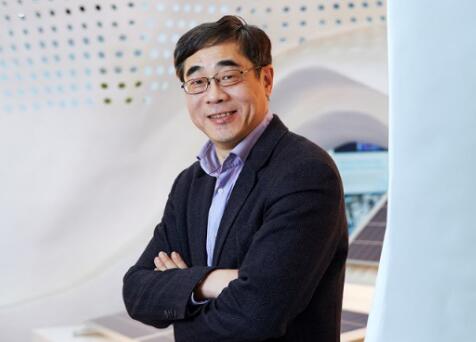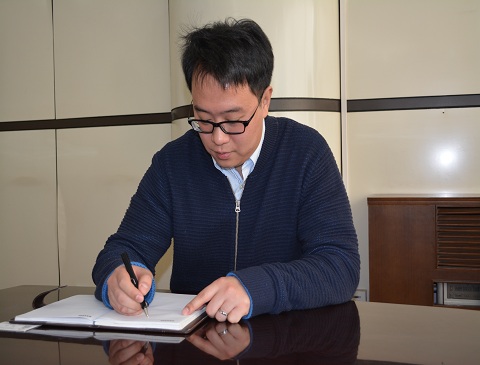A recent report by market analysts Yole Développement has predicted that the PV equipment and materials markets will drive manufacturing cost reduction in the region of 35GWp, leading to the purchase of new equipment by 2017. The report, “Crystalline Silicon PV: Technology, Equipment & Materials”, singles out the c-Si sector as facing a period of change whereby the low-efficiency portion of manufacturing capacity will be shut down in order to concentrate on the higher-yielding technologies.
Yole Développement has, in this report, confirmed what most savvy analysts have suggested as the industry finds itself mired in a situation of consolidation. Higher cell efficiency will be the main driver for cost reduction, thus providing a chance for PV equipment manufacturers to secure new customers despite existing production overcapacities.
Opportunities for both c-Si and thin-film PV manufacturers are presented as both sectors strive to increase cell and module efficiency norms past 19% and 16%, respectively. New technologies, materials (like quasi-mono silicon wafers) and processes will be required, leading to a need for higher-tech equipment such as ion implant tools and amorphous silicon deposition tools.
Milan Rosina, technology and market analyst for photovoltaics at Yole Développement and author of the report, provides an in-depth analysis of the various technologies and equipment types in use in c-Si (and thin-film, to a lesser degree) solar cell and module manufacturing. Figures, trends and details of the likely major players are predicted for the period from 2011–2017, as are the likely pitfalls, obstacles and opportunities that will emerge for PV equipment manufacturers.
“Today, the key objective of PV manufacturers is no longer to increase their production capacities, but to differentiate themselves from their competitors in an overcrowded market thanks to added value products (with lower price, higher efficiency…),” explains Milan Rosina.
- 第九届中国(无锡)国际新能源大会
-
 本届新能源大会以“新城镇、新能源、新生活”为主题,举办2017全球新能源产业峰会及“光伏+”跨界、绿色建筑、分布式市场营销等10场专业论坛,国家能源局新能源和可再生能源司...
本届新能源大会以“新城镇、新能源、新生活”为主题,举办2017全球新能源产业峰会及“光伏+”跨界、绿色建筑、分布式市场营销等10场专业论坛,国家能源局新能源和可再生能源司...














